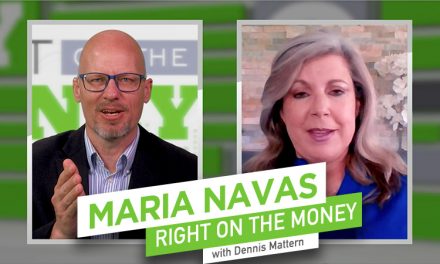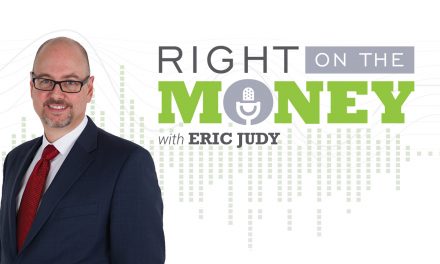Software and Honest Inputs can Monitor Retirement
Math-based tools cannot only help project one’s readiness to retire, but life in retirement’s changing phases. Successful projections depend on fixed income sources; accumulated and complementary assets; longevity; and realistic spending.
Financial modeling is frequently used by retirement planning specialists to help clients determine three primary outcomes: if they have the ability to retire; when they’ll have the ability to retire; and lastly, how they might expect to live in retirement.
Modeling requires a variety of ingredients and removes emotion from the equation. No meaningful discussion of modeling is complete without these elements:
Income: Social Security, applicable pensions, retirement accounts and other accumulated assets that can make up any differences in spending.
Budget: Not a monthly lump sum, but a categorized listing to include both lifelong expenses like food and utilities, but mortgages that will eventually disappear. Some items are subject to inflation, and others are not. Each must be accounted for.
Longevity: Assume 100 years, because it’s happening at increasing rates, with more than 72,000 centenarians now in the United States. Today’s average life expectancies are 88 years for women, and 86 for men. Again, that’s average.
Lifestyle: Planners find that most clients underestimate the resources needed for their desires, leading them to a perceived state or retirement-readiness, when the opposite is true. To the relief of some to learn, spending tends to taper off with age, generally between 75 and 80, when the ability to travel or otherwise spend freely declines due to health, motivation or similar.
Projections based on these components can be very revealing, and by changing up the variables, adjustments can be made in spending or behavior. The impact of $1000 a month in either direction is visible, and at what point in time assets may deplete, though lifetime incomes may continue as a hedge against expenses.
A universal truth among planners is to avoid any unnecessary risk that can jeopardize an otherwise secure outcome. To these ends, it only makes sense to avoid trying to outsmart volatile markets, and instead put trust in proven, multi-dimensional modeling techniques.
Syndicated financial columnist Steve Savant interviews top retirement specialists in their field of expertise. This segment features retirement specialist Terry Summers. Right on the Money is a financial talk show distributed in daily video press releases to over 280 media outlets and social media networks.





